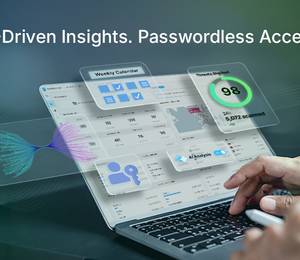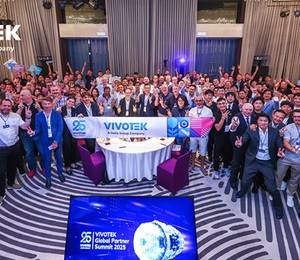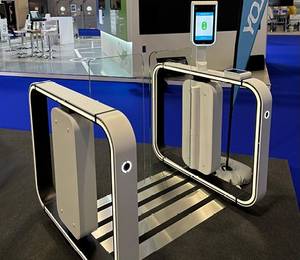Recent security concerns surrounding WannaCry ransomware are all the more relevant to prosumers because they might be connected to utilities in terms of both a supply and demand. Suppose a prosumer sells excess power back to the local utility for wind turbines or solar panels, for example. This special connectivity to the power grid could make the technology that runs renewable energy transmissions even more susceptible to debilitating ransomware attacks.
A Cognitive Approach to Energy Security
Luckily for prosumers, IBM’s cognitive computing benefits are designed with security, adaptability and personalisation in mind. Prosumers who do business with energy organizations are experiencing the benefits of being engaged as individuals. Companies need to personalize the customer experience, and augmented intelligence (AI) is helping them do so. Personalisation is important, since companies that focus on security issues — in this case, energy organizations — need to reinvent their relationship with their customers.
Nowhere is this need more apparent than IBM’s X-Force Command Center (XFCC) in Cambridge, Massachusetts. When I attended a security seminar there, the agenda was geared toward energy companies whose executives are unaware of the extent of the sophisticated cyberthreats that face their operations. The day began with presentations from some of the Command Center’s top experts. Then we left our mobile devices and laptops behind and took the elevators to a secret part of the IBM complex: the X-Force Command Center itself.
The Power of Threat Modeling
The room, which looks like something out of a science fiction movie, is headed by a former U.S. Army officer who served both the National Security Agency (NSA) and North American Cyber Command (USCYBERCOM). He chose one of the energy executives present to be the subject of a mock cyberattack. I was allowed to observe the session on the condition that I do not report the identities of the executives in attendance or their companies.
The experience included news reports flashing on the screens from local television stations about his company. The demonstration was so realistic that the reporter was standing outside the executive’s corporate headquarters with news that cybercriminals had caused a blackout of most of the company’s territory. The reporter was awaiting a response from the company.
The following question was posed to the executive: What kind of plan do you have in place to get in front of the news story, and what kind of plan do you have to get electricity back to your customers? America’s most dynamic energy providers are beginning to realize that they need to create a new industry instead of waiting on the sidelines as passive onlookers.
Robust Predictive Analytics for Energy Security
The age of the friendly neighborhood meter reader has given way to a focus on personalization wherein utilities are using AI-enabled platforms to communicate with their customers — and the press. They are also using automation, predictive analytics and machine learning to accomplish tasks. Humans, working with bots and AI ecosystems, are doing the hard work of maintaining and improving the security of our nation’s extensive power grid.
Companies embracing personalisation are also using the latest in predictive analytics. It’s more cost effective to update an outdated power line or transfer station than to replace or repair it when it fails. In this way, smart platforms have emboldened the power providers and their consumers. The future of power generation, retention and distribution will become even more efficient as more utilities invest in technology that forecasts weather with a direct correlation to their solar businesses.
With solar or any other kind of energy, utilities are proving that transforming an aging infrastructure and being prepared for cyberattacks begins with security. These enterprises can thrive by focusing on consumer personalisation, security and the technologies that will propel them into the next decade.












